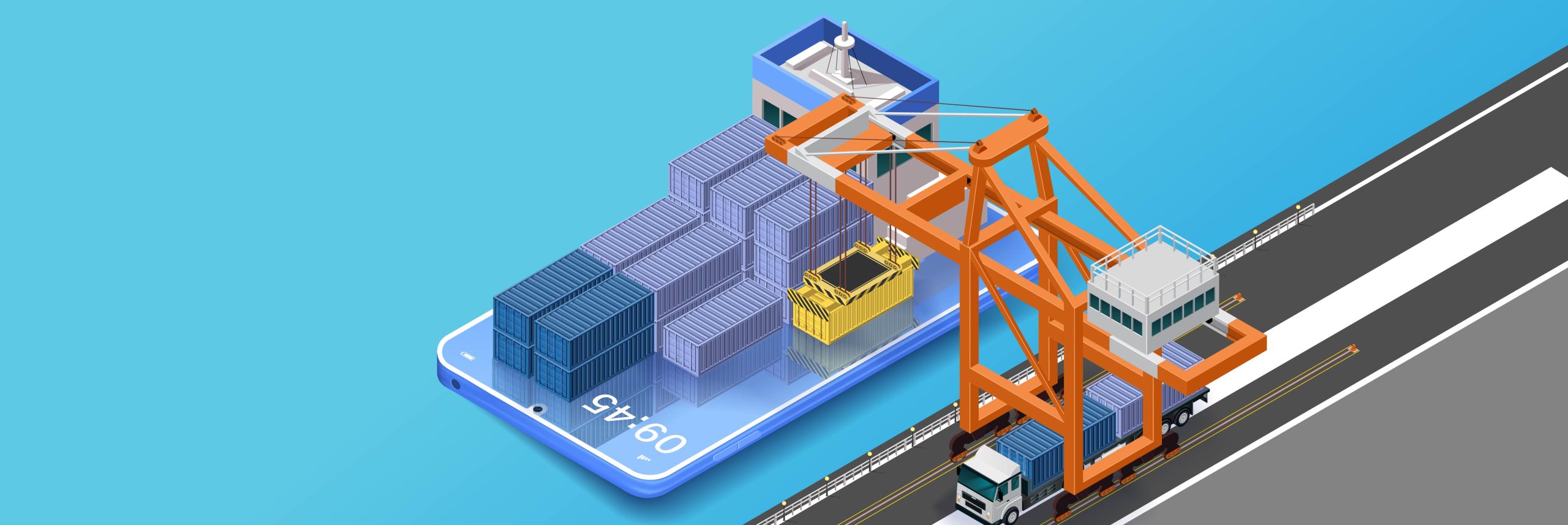
23 May Facilitating ease of doing business with Port Community System
The notion of ports being ‘gateways’ to just a particular city, region or nation has been vastly expanded in the 20th and 21st centuries; ports are now both entry and exit points that service the entire world. Port community systems (PCS) have been operating in this area for more than 20 years, with recent and key developments working at the forefront of electronic shipping portals. They have been instrumental in addressing each challenge the industry faces whether automation, congestion, regulation, ecology or hinterland integration.
With an increase in the volume of shipments, it has become imperative that ports, shipping lines, terminals, freight stations, and Customs are linked on a common system that promises flexibility, accuracy and ‘Ease of Doing Business’. Currently, the level of automation in the industry is diverse. Most ports do not possess a single window for trade facilitation. This affects the efficiency and profitability of maritime trade in many ways.Lack of advance shipment information results in the possibility of congestion at the port gate. Absence of real-time data exchange via a single window system translates to higher inventory in the supply chain, resulting in escalated logistics costs.
Port Community System
A PCS is designed to automate and digitally streamline EXIM container movement in and out of ports to overcome all these challenges. It facilitates proper communication, information exchange, connectivity, and digital processing of key business transactions, which can be facilitated between all the stakeholders at the port and the related Logistics value chain.
Here are some benefits a Port Authority and allied stakeholders can leverage from PCS.
Integration of Port Side and Land Side Operations
In recent years, the inland component of the port system has become a key factor in shaping the performance and competitive strategies of seaports. But physical and capacity constraints at berths, along with the trend of optimisation and standardisation of quayside operations, suggest that more focus must be placed on land-interface logistics operations.
Reported inefficiencies in ports indicate that landside logistics operations are far behind their optimal efficiency, with most observed malfunctions (unproductive moves, congestion, delays, etc.) taking place at inland and intermodal port interfaces. This calls for integration of land side operations with a robust digital infrastructure with Port Community System.
Cost Reduction and Efficiency Improvement
Through conglomeration, shipping lines large and small have benefitted with cost synergies on the seaside. Yet, when it comes to the landside, each carrier has terminal agreements, trucking contracts, and operations management on a standalone basis. While operating on a standalone basis here, carrier’s operating expense could add up and the savings made on the seaside subsides.
Whereas with PCS, trucking contracts, and terminal agreement along with operations management are all performed digitally with an advance information sharing capability. With this, delays in vessel berthing and even truck congestion can be sorted simultaneously. Moreover, port community system improves inter-entity operations.
Maximising Container Throughput
A port community system integrates disparate processes across the seaport ecosystem in a secured digital format. Shipping Lines, Container Yards, Forwarders/Consolidators, Transporters, consignees, and various other stakeholders are connected in a common portal to offer visibility of data and the entire operations across the ecosystem. Functions such as container tracking, vessel berthing, online document generation, and electronic payments to name a few can be digitised with Port Community System.
Data Accuracy and Transparency
As the data exchange is in physical format across the ecosystem, accuracy takes a backseat in various scenarios. Due to these inaccuracies, the forwarder needs to go back and forth to obtain accurate documentation. Reportedly, these iterations are causing unprecedented delays in the entire value chain. Moreover, the disparate nature of the legacy operation voids transparency. With a port community system in place, accurate documentation and transparent data sharing among all stakeholders is instantly enabled. Therefore, unprecedented delays and unwanted iterations in document correction can be voided.
A PCS system means compliance with essential international standards as set out by the WTO Trade Facilitation Agreement, allows ports to evolve into regional or global logistics hubs and, ultimately, increases economic growth by allowing for significant reductions at every stage of the cargo value chain.

